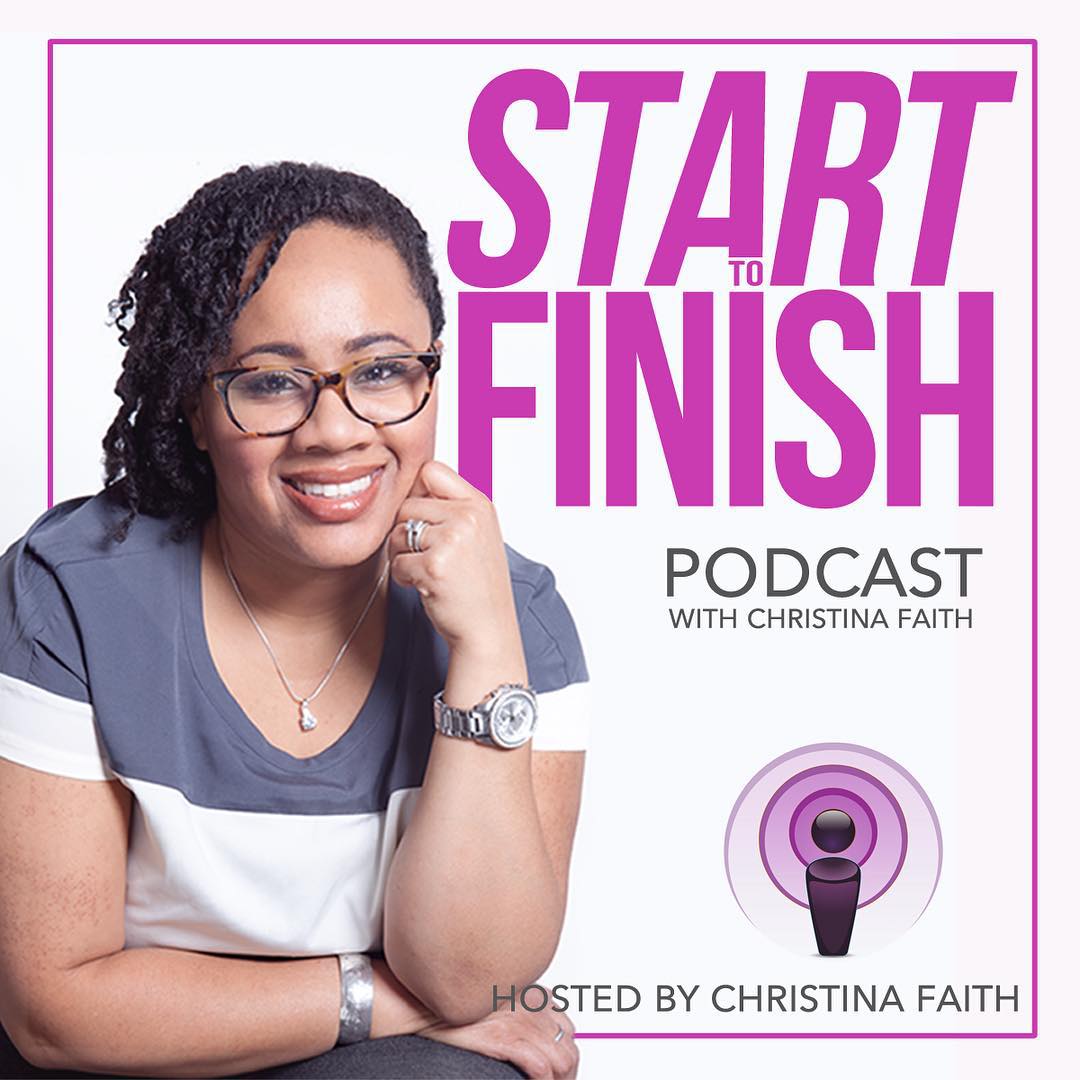Podcast (road-to-launch): Play in new window | Download
Subscribe: Apple Podcasts | RSS | More
This past year I’ve purchased more online courses than ever. For me, there is something about gaining a significant amount of knowledge in a short period that draws me in. It’s almost like a supercharged college education in a particular niche. Not only that but most online courses cost $300 or less; way less than what have paid for college courses.
However, whenever I purchase online course one of two things tends to happen, I am either very impressed by the presentation, the branding, and the information, or I am very disappointed with the effort the person put in with the online course.
The thing is, you never know if the course is relevant the until it’s already purchased. By that time your money has been already spent. Knowing this my goal is to create an online course experience that is high quality, impressive and highly relevant.
Appealing to different types of learners
There are three different type of learners: auditory, visual and kinetic.
Auditory learners are those who hear Best Buy listening to instructions so they don’t need any visuals they can hear audio and internalize it and figure out a way to apply the advice that was given based upon their interpretation.
Visual Learners learn best by visual examples. In my case, translates to creating a screencast or video tutorial lesson.
Kinetic Learners learn best by taking action. For creating a course, this translates to creating a worksheet, examples, or actionable advice that someone can apply, so the learnings are internalized.
Most courses have one element of the three I just mentioned, but my goal is to include all three so that no matter what the learning style is any person going to the course will get value out of it.
An online course was the best choice for what I want to build because it touches on all three types of learning styles.
What makes a good online course?
I answered this question by first looking what makes a bad course. It’s hard to say what exactly makes a good course, but I like to compare it to watching a bad movie. Everyone has different tastes and preferences however it seems like whenever a movie is bad it’s something that everyone can observe. The same thing happens with a bad product.
People can define a product as bad when they notice the product didn’t meet the promise of value.
To avoid creating a bad course, I looked at what the minimum standard was for a good product.
I sat down and talked with a good friend about what makes a good and bad course. My friend was Christina Faith is a creative entrepreneur, videographer, and hosts her own podcast called the Start to finish Podcast. In our conversation, we found many reasons to call something a bad course.
What stops you from making a product?
- Fear
- Time
- Making time for side projects: Raise your price, this may create more time for you.
- The product is more valuable before purchase, selling a dream but it does not deliver.
Let’s talk about what not to do:
- QUALITY is a must
- Low-grade webcam used google hangouts with Google branding.
- No dogs barking in the background.
- Lack of presentation.
- Selling things that don’t deliver what you advertise. Deliver what you promise.
- People are reusing information that others have taught.
- Find your voice, don’t copy and imitate, but unique.
You can’t try to launch an app to rival snapchat, and not include the bare minimum functions that snapchat uses. If you ignore the bare minimum, then you’re already at a disadvantage.
In order to create a good course think about:
- Branding and onboarding experience.
- Much of this has to do with perception
- Interactive learning and helping the students get through the course.
- The course is continually improved over time.







